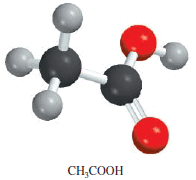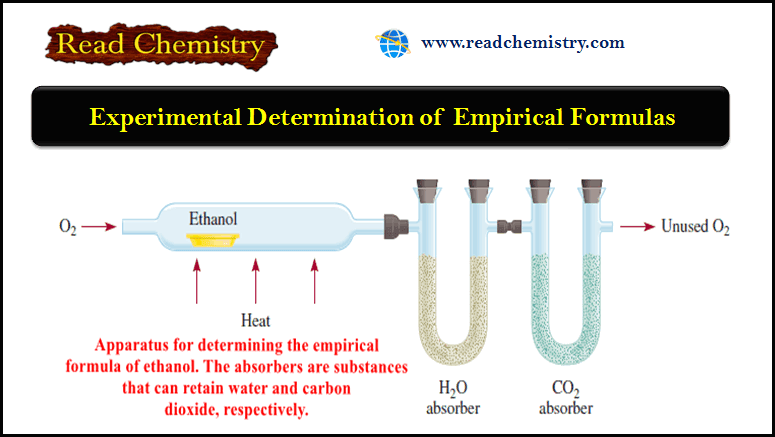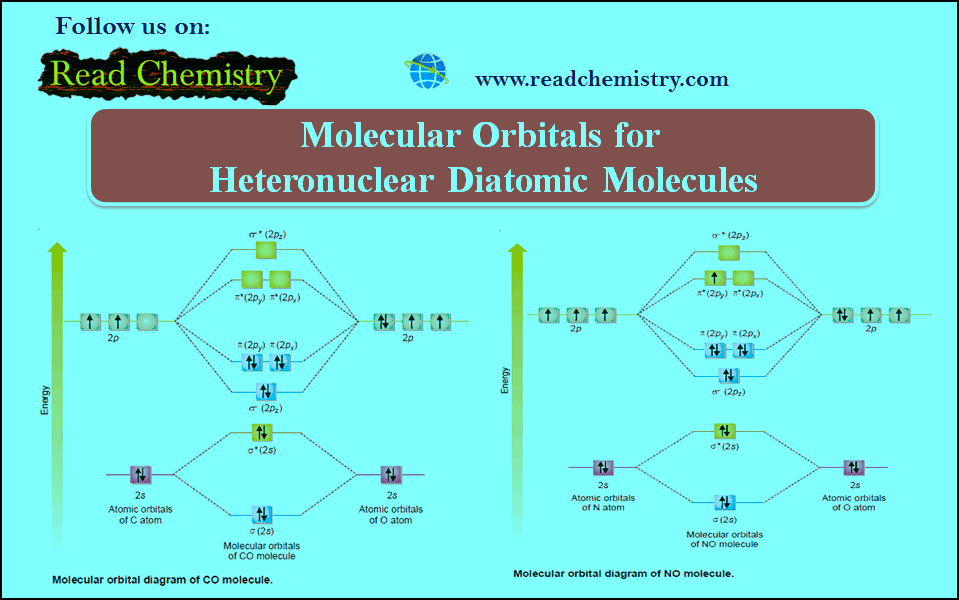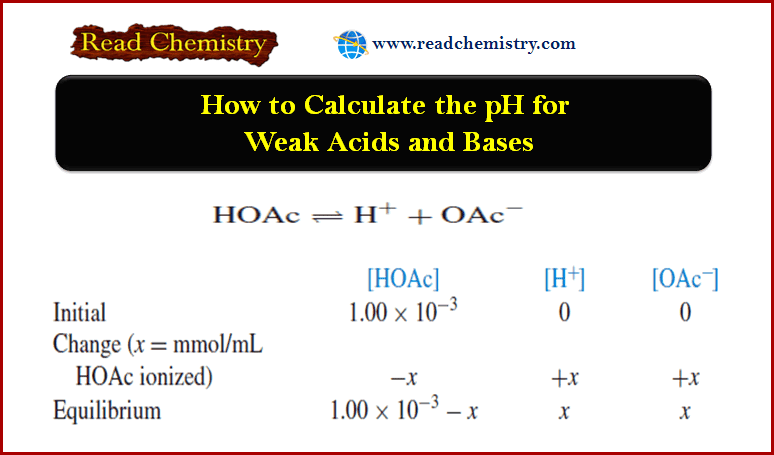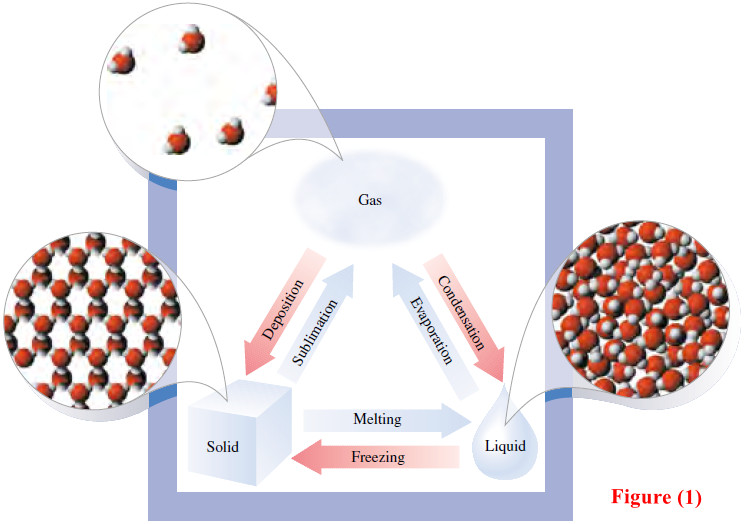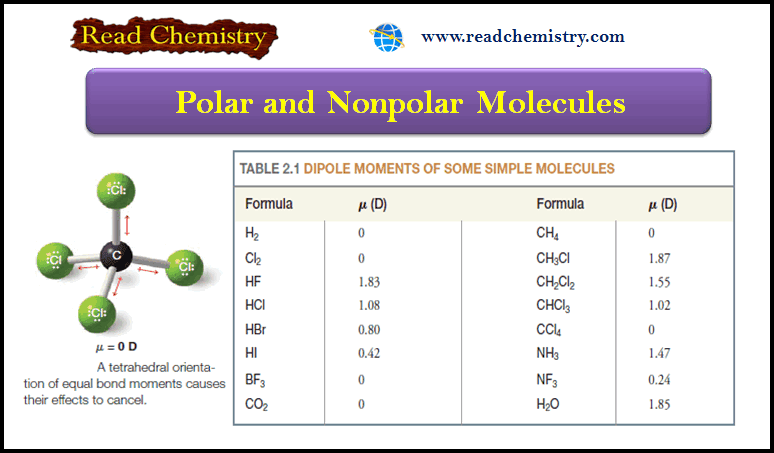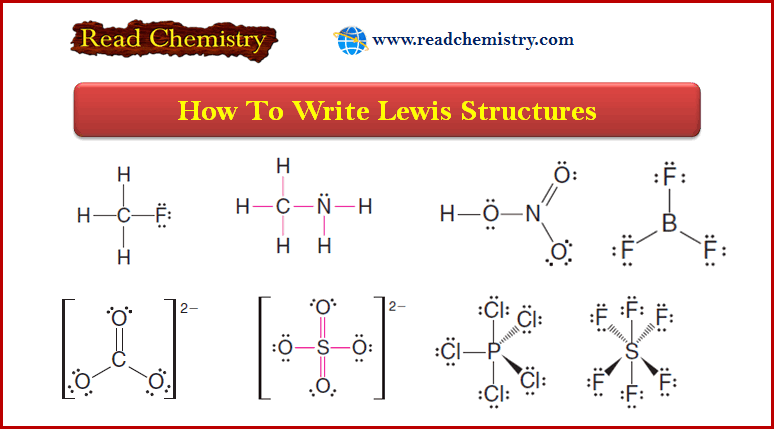Aqueous Solutions: Definition, Examples, Electrolytic Properties
– In this subject, we will discuss the Aqueous Solutions: Definition, Examples, Electrolytic Properties
Difference between Solution, solute, solvent
– A solution is a homogeneous mixture of two or more substances.
– The solute is the substance present in a smaller amount, and the solvent is the substance present in a larger amount.
– A solution may be gaseous (such as air), solid (such as an alloy), or liquid (seawater, for example).
Difference between electrolytes and nonelectrolytes.
– In this subject, we will discuss only aqueous solutions, in which the solute initially is liquid or a solid and the solvent is water.
– All solutes that dissolve in water fit into one of two categories: electrolytes and nonelectrolytes.
– An electrolyte is a substance that, when dissolved in water, results in a solution that can conduct electricity.
– A nonelectrolyte does not conduct electricity when dissolved in water.
An Experiment distinguishes between electrolytes and nonelectrolytes
– Figure (1) shows an easy and straightforward method of distinguishing between electrolytes and nonelectrolytes.
– A pair of inert electrodes (copper or platinum) is immersed in a beaker of water.
– To light the bulb, electric current must flow from one electrode to the other, thus completing the circuit.
– Pure water is a very poor conductor of electricity.
– However, if we add a small amount of sodium chloride (NaCl), the bulb will glow as soon as the salt dissolves in the water.
– Solid NaCl, an ionic compound, breaks up into Na+ and Cl– ions when it dissolves in water.
– The Na+ ions are attracted to the negative electrode, and the Cl– ions to the positive electrode.
– This movement sets up an electric current that is equivalent to the flow of electrons along a metal wire.
– Because the NaCl solution conducts electricity, we say that NaCl is an electrolyte.
– Pure water contains very few ions, so it cannot conduct electricity.
– Comparing the lightbulb’s brightness for the same molar amounts of dissolved substances helps us distinguish between strong and weak electrolytes.
– A characteristic of strong electrolytes is that the solute is assumed to be 100 percent dissociated into ions in solution. (By dissociation we mean the breaking up of the compound into cations and anions.)
– Thus, we can represent sodium chloride dissolving in water as:
– This equation says that all sodium chloride that enters the solution ends up as Na+ and Cl– ions; there are no undissociated NaCl units in the solution.
Classification of Solutes in Aqueous Solutions
– Solutes are divided according to Electrolytic Properties to strong electrolytes, weak electrolytes, and nonelectrolytes.
– Figure (1) shows An arrangement for distinguishing between strong electrolytes, weak electrolytes, and nonelectrolytes.
– A solution’s ability to conduct electricity depends on the number of ions it contains:
(a) A nonelectrolyte solution does not contain ions, and the lightbulb is not lit.
(b) A weak electrolyte solution contains a small number of ions, and the lightbulb is dimly lit.
(c) A strong electrolyte solution contains a large number of ions, and the lightbulb is brightly lit.
– The molar amounts of the dissolved solutes are equal in all three cases.
– The following table shows lists examples of strong electrolytes, weak electrolytes, and nonelectrolytes.
– Ionic compounds, such as sodium chloride, potassium iodide (KI), and calcium nitrate [Ca(NO3)2], are strong electrolytes.
– It is interesting to note that human body fluids contain many strong and weak electrolytes.
Water is a very effective solvent for ionic compounds
– Water is a very effective solvent for ionic compounds. Although water is an electrically neutral molecule, it has a positive region (the H atoms) and a negative region (the O atom), or positive and negative “poles”; for this reason, it is a polar solvent.
– When an ionic compound such as sodium chloride dissolves in water, the three-dimensional network of ions in the solid is destroyed.
– The Na+ and Cl–ions are separated from each other and undergo hydration, the process in which an ion is surrounded by water molecules arranged in a specific manner.
– Each Na+ ion is surrounded by a number of water molecules orienting their negative poles toward the cation.
– Similarly, each Cl–ion is surrounded by water molecules with their positive poles oriented toward the anion (Figure 2).
– Hydration helps to stabilize ions in solution and prevents cations from combining with anions.
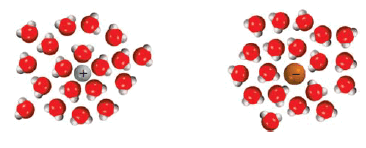
Acids and bases are electrolytic aqueous Solutions
– Some acids, including hydrochloric acid (HCl) and nitric acid (HNO3 ), are strong electrolytes.
– These acids are assumed to ionize completely in water; for example, when hydrogen chloride gas dissolves in water, it forms hydrated H+and Cl–ions:
– In other words, all the dissolved HCl molecules separate into hydrated H+ and Cl– ions.
– Thus, when we write HCl (aq), it is understood that it is a solution of only H+ (aq) and Cl– (aq) ions and that there are no hydrated HCl molecules present.
– On the other hand, certain acids, such as acetic acid (CH3COOH), which gives vinegar its tart flavor, do not ionize completely and are weak electrolytes.
– We represent the ionization of acetic acid as:
– where CH3COO– is called the acetate ion.
– We use the term ionization to describe the separation of acids and bases into ions.
– By writing the formula of acetic acid as CH3COOH, we indicate that the ionizable proton is in the COOH group.
– The ionization of acetic acid is written with a double arrow to show that it is a reversible reaction; that is, the reaction can occur in both directions.
– Initially, a number of CH3COOH molecules break up into CH3COO– and H+ ions.
– As time goes on, some of the CH3COO– and H+ ions recombine into CH3COOH molecules.
– Eventually, a state is reached in which the acid molecules ionize as fast as the ions recombine.
– Such a chemical state, in which no net change can be observed (although activity is continuous on the molecular level), is called chemical equilibrium.
– Acetic acid, then, is a weak electrolyte because its ionization in water is incomplete.
– By contrast, in a hydrochloric acid solution, the H+ and Cl–ions have no tendency to recombine and form molecular HCl.
– We use a single arrow to represent complete ionizations.
- Reference: Chemistry / Raymond Chang, Williams College /(10th edition).







